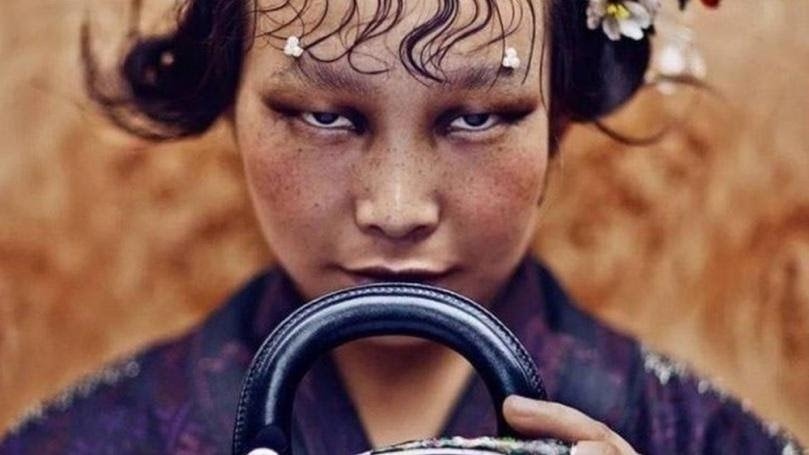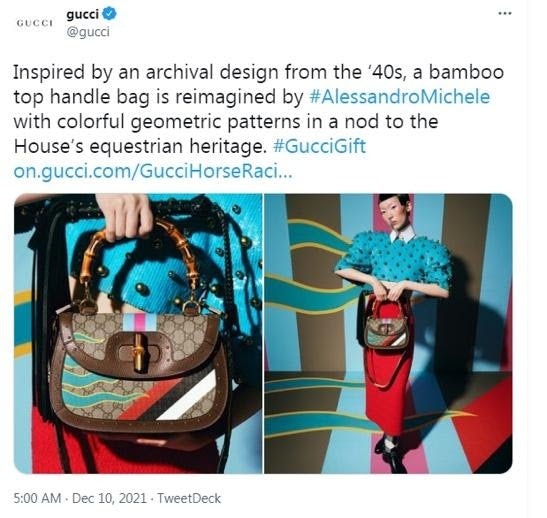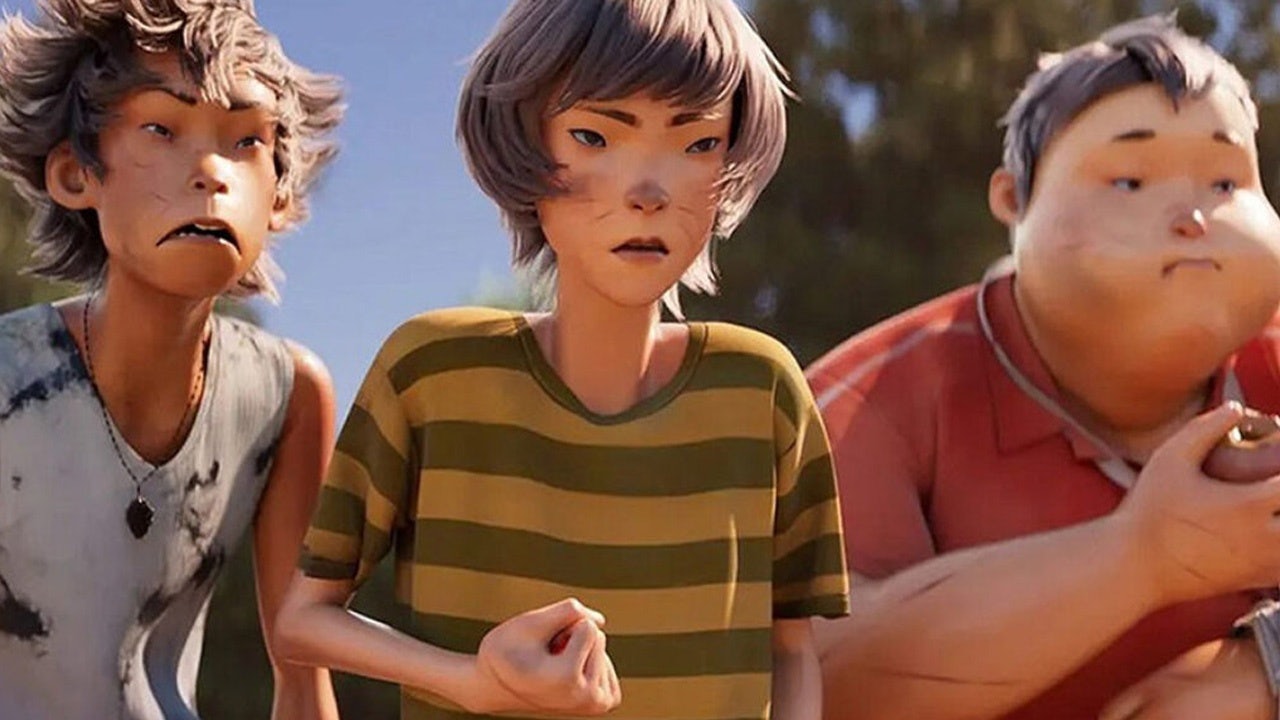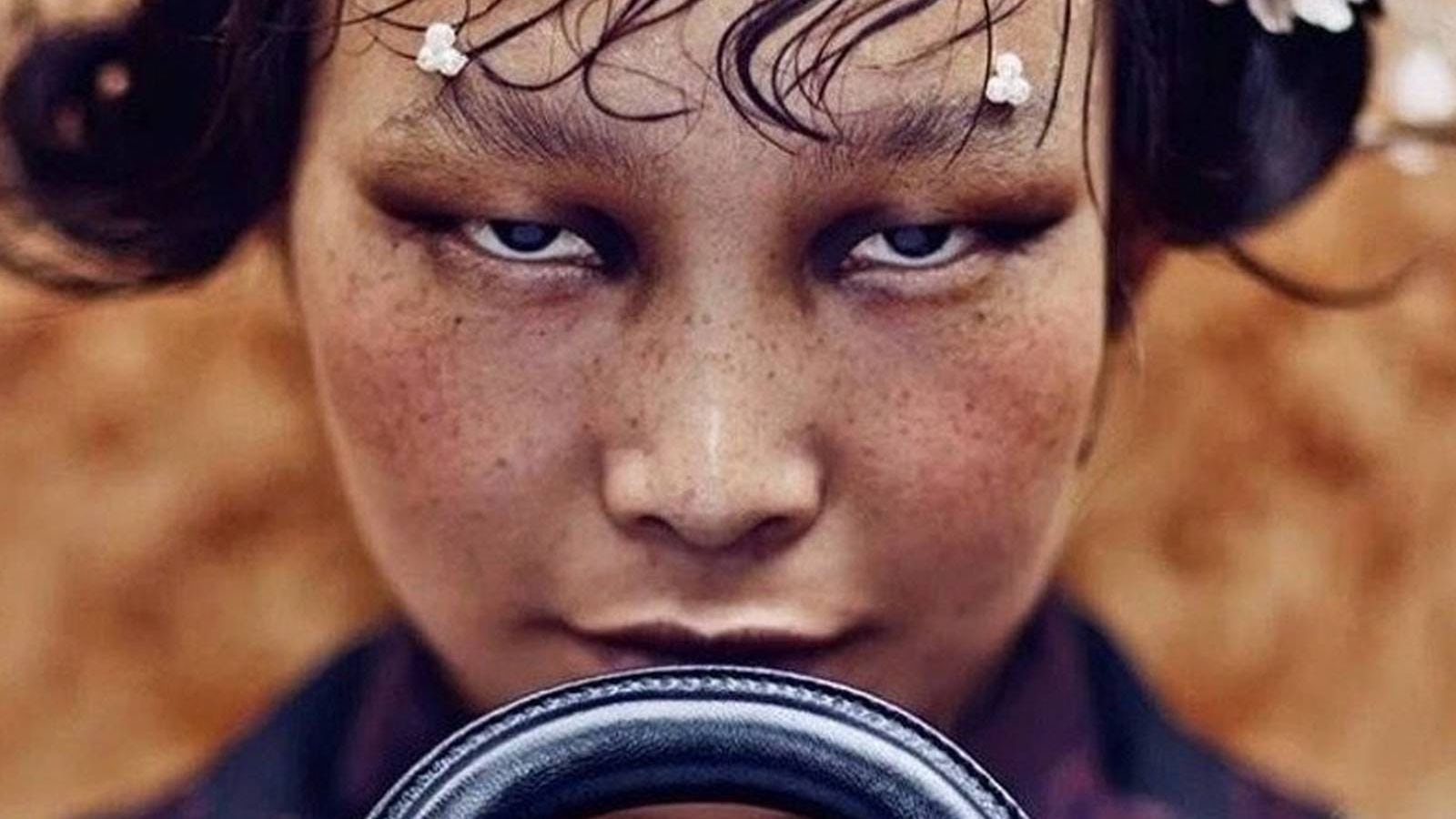Online consumer boycotts accusing brands of disrespecting Chinese people by showing models with “slanted eyes” are overwhelming social media. From Dior, Mercedes-Benz, and Gucci to Made-in-China companies, international and domestic brands have gotten reprimanded on the subject by nationalist consumers over recent months.
Moving forward, brands will have to confront a hard truth: Chinese consumers are increasingly aware of racial representation issues on the global stage, and they are demanding greater cultural awareness about how they appear to the world.
Last year, Asian model eye shapes caused China's biggest luxury brand scandals. In November, netizens spotted a photo of a model with small eyes and spooky makeup from a 2012 Dior exhibition and quickly accused the brand of using an Asian stereotype to insult China. The photographer, Chen Man, later apologized for her “immaturity and ignorance” at the time of the shoot, and Dior issued a statement saying they do, in fact, “respect the feelings of the Chinese people.”

Then, in December, Mercedes-Benz had to remove a video from Weibo that featured a model with painted slants on her eyes due to public pressure. Even a Twitter campaign published by Gucci got met with criticism after a model with small eyes was received as a stereotype of Asian beauty.

But similar controversies have not spared domestic brands. In January, the Chinese animated film I Am What I Am pushed the hashtag #slantedeyes up Weibo’s hottest topic rank for the fifth time in a month. Apparently, netizens found the main character’s narrow eye shape and wide eye spacing to be a form of Chinese self-hatred. Additionally, the Chinese snack brand Three Squirrels recently found itself in a social media uproar after people got upset about a campaign from 2019 that featured a model with long, thin eyes.
Mainstream digital opinions among Chinese millennials have been divided into two streams: one believes brands must stop perpetuating the “slanted eyes” stereotype, while the other says the idea that “slanted eyes are ugly” is itself a way of conforming to the Western beauty standards.
Nationalist Chinese consumers have grown intolerant of perceived negative representations of Chinese people, and global brands are paying the price. But there are multiple sides to this issue.
Most online backlash against brands comes from the first stream, where consumers see slanted eyes as a sign of the West mocking East Asian features. In addition to the feeling that the West reduces Asian faces to one stereotypical eye shape, Chinese consumers are also intolerant of the slanted-eye look because they link it to the West's perceived superiority.
Soon after the Dior scandal gained online momentum, Chinese state media Global Times published an article explaining the history of derogatory Chinese depictions of slant eyes, sinister grins, and braids in 19th-century American media and Hollywood films starring characters like Fu Manchu. These stereotypes perpetuated the racist idea that the Chinese are an evil threat to Western society.
Following the footsteps of Global Times, a wave of “woke” media theory posts flooded the internet, further decrying the aesthetic injustices Chinese people have experienced at the hands of Western media. On Weibo, hashtags such as #colonialaesthetics and #yellowperilmakeup have generated millions of views by exposing problematic representations of Chinese people in global media.
In the book Minor Feeling: an Asian American Reckoning, author Cathy Park Hong explains that it was post-war Korean women, in an attempt to make their faces less “racially threatening” to their American husbands, who started the double-eyelid surgery trend in East Asia. And today, after decades of K-beauty's influence, China's beauty standards rely heavily on Western-white-cis beauty metrics like big eyes, deep sharp features, and a thin body.
“The idea that big, wide eyes are more desirable than small, long eyes is a sign that we have internalized the Western aesthetic norms,” said Shen Yifei, a sociology professor at Fudan University, to Jing Daily.
Soon after the “slanted eye” became a polemic issue in China, Asian models with small eyes are now increasingly excluded from global campaigns because of their eye style. For example, the Milan-based Chinese model Linlin (@ppprincesss) got removed from Marni’s campaigns after photos of her wearing slanted-eye makeup drew backlash on Weibo.
“It is dangerous to generalize all small eyes as a bad representation of the Chinese because it is a common facial feature,” added professor Shen. “To tell if an image is racist or not, it is important to see the overall mood of the campaign. For example, the Dior photograph showed the model in a gloomy, sinister way, which is problematic. But brands showing small-eye models in a positive light should not get canceled because they do not have bad intentions,” she explained.
Taking cues from today's patriotic social media landscape, marketing images from luxury and fashion will likely get even more scrutinized, criticized, and analyzed in China, with ever more stringent guidelines. To avoid future PR disasters, brands must stay humble about Chinese citizens' expectations of how they are represented on the global stage. At the very least, brands need to be aware of the controversial issues that could paint them in a negative light mere moments after they release a stereotypical depiction.

